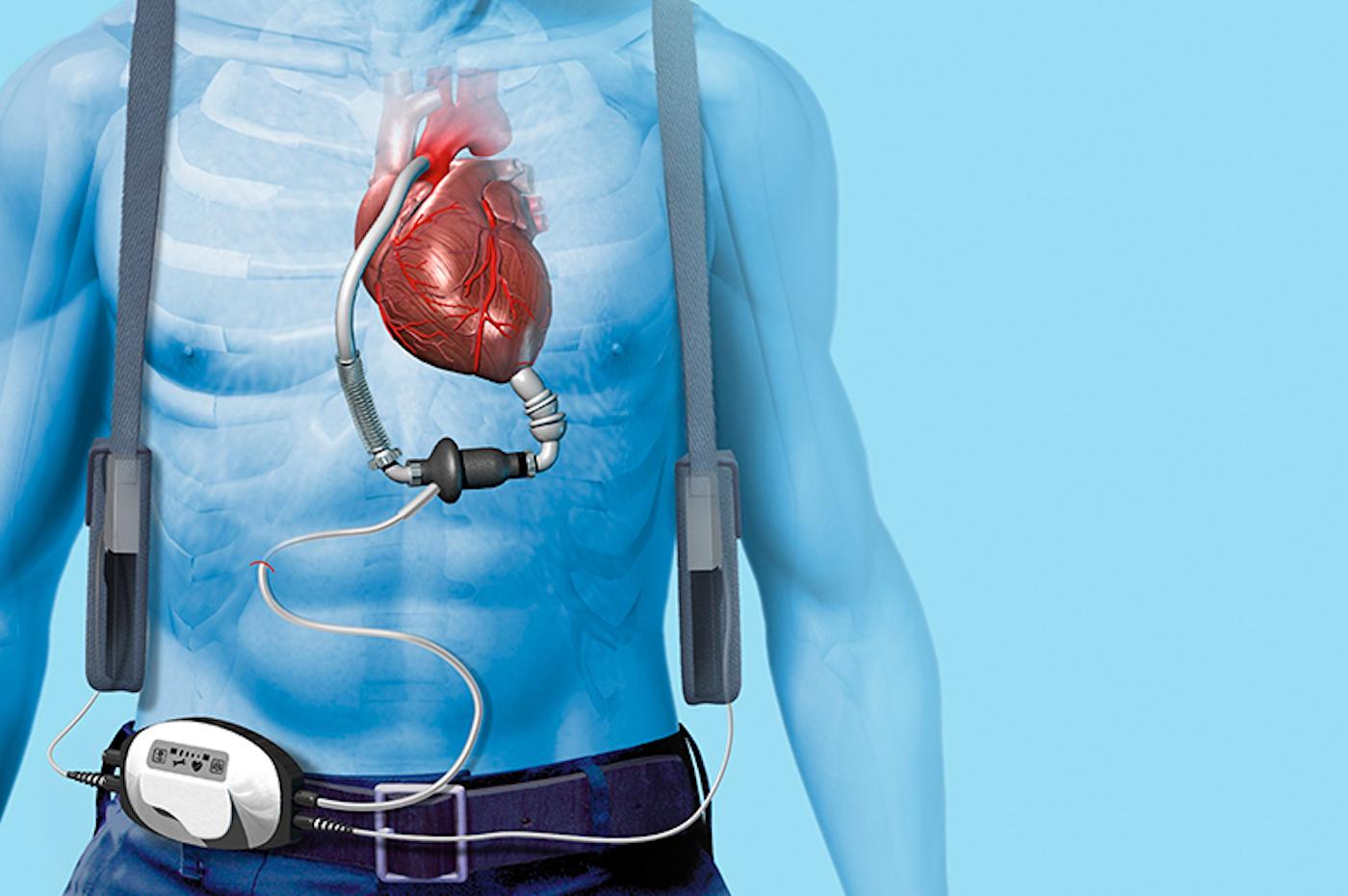Cardiac Assist Devices emerged as a groundbreaking solution in the field of cardiology, making a significant impact in transitioning from research to reality. These devices are designed to provide mechanical circulatory support to patients with severe heart failure, improving their quality of life and extending their survival. The journey of cardiac assist device from the realm of research to practical application has revolutionized the treatment landscape for individuals with compromised cardiac function. Initially, cardiac assist device were conceptualized and tested in research laboratories. Researchers worked diligently to refine the technology, enhance its safety, and optimize its performance. Through rigorous experimentation and clinical trials, these devices gradually evolved into sophisticated systems capable of assisting or replacing the pumping function of the heart. This pivotal research laid the foundation for subsequent advancements in the field.
Over time, these devices transitioned from experimental prototypes to tangible solutions that are now routinely used in clinical practice. Today, Cardiac Assist Devices such as left ventricular assist devices (LVADs) and total artificial hearts (TAHs) have become viable options for patients awaiting heart transplantation or those deemed ineligible for transplantation. These devices offer a bridge to transplant, allowing patients to stabilize while awaiting a suitable donor organ. The impact of cardiac assist device on patient outcomes has been remarkable. They have been shown to improve cardiac function, alleviate symptoms, and enhance patients' overall well-being. Additionally, these devices have significantly reduced mortality rates and hospital readmissions, offering a lifeline to those with end-stage heart failure.
Read More: Https://Theluminouslines.Blogspot.Com/2023/07/Cardiac-Assist-Devices-Designed-To.Html
